The U.S. Bureau of Labor Statistics (BLS) released its employment / unemployment report for April on May 2nd, 2025.
Employment / Unemployment
- Seasonally Adjusted U3- 4.2% Unchanged
- Unadjusted U3- 3.9% Down from 4.2% in March
- Unadjusted U6- 7.3% Down from 7.9% in March
- Labor Force Participation Rate- 62.6% Up from 62.5%
- Employment- 159.316 million Up from 158.411 million
- Next data release June 6th, 2025
Summary:
Total Employed increased in April, Unadjusted Unemployment was down, but Seasonally adjusted Unemployment remained the same.
According to the Commissioner of the U.S. Bureau of Labor Statistics:
“Total nonfarm payroll employment increased by 177,000 in April, and the unemployment rate was unchanged at 4.2 percent, the U.S. Bureau of Labor Statistics reported today. Employment continued to trend up in health care, transportation and warehousing, financial activities, and social assistance. Federal government employment declined…
Health care added 51,000 jobs in April, about the same as the average monthly gain of 52,000 over the prior 12 months. In April, job growth continued in hospitals (+22,000) and ambulatory health care services (+21,000)…
Employment in transportation and warehousing increased by 29,000 in April…
Financial activities employment continued to trend up (+14,000)…
Employment in social assistance continued its upward trend in April (+8,000) but at a slower pace than the average monthly gain over the prior 12 months (+20,000).
Within government, federal government employment declined by 9,000 in April and is down by 26,000 since January. (Employees on paid leave or receiving ongoing severance pay are counted as employed in the establishment survey.)”
You can read the full BLS report here.
As usual, they are talking about “Seasonally Adjusted Jobs”.
Looking at the Unadjusted Establishment Survey report we see…
Originally, the BLS reported employment of 158.506 million for March which they adjusted slightly to 158.411 million in April.
They are currently reporting 159.316 million jobs for April which is actually an increase of 810,000 jobs. Based on their original numbers.
Current Unemployment Rate Chart
As we can see, unemployment is 0.7% above pre-COVID lows of 2019 and 0.8% above the January and April lows of 2023.
Current Employment Rate
In February 2025 the BLS issued massive adjustments that created a sea of red in the Employment levels, erasing millions of supposed jobs in 2023 and 2024, while January’s numbers actually increased slightly.
| Date | Latest BLS Numbers (in Millions) |
Original BLS Numbers (in Millions) |
Change from Original |
| Apr-2025 | 159.316 | 159.316 | NA |
| Mar-2025 | 158.411 | 158.506 | -95,000 |
| Feb-2025 | 157.944 | 157.983 | -39,000 |
| Jan-2025 | 157.095 | 157.091 | 4,000 |
| Dec-2024 | 159.943 | 160.458 | -515,000 |
| Nov-2024 | 159.882 | 160.560 | -678,000 |
| Oct-2024 | 159.352 | 160.007 | -655,000 |
| Sep-2024 | 158.527 | 159.177 | -650,000 |
| Aug-2024 | 158.070 | 158.650 | -580,000 |
| Jul-2024 | 157.771 | 158.445 | -674,000 |
| Jun-2024 | 158.722 | 159.392 | -670,000 |
| May-2024 | 158.256 | 158.918 | -662,000 |
| Apr-2024 | 157.438 | 158.016 | -578,000 |
| Mar-2024 | 156.612 | 157.218 | -606,000 |
| Feb-2024 | 156.007 | 156.555 | -548,000 |
| Jan-2024 | 154.942 | 155.626 | -684,000 |
| Dec-2023 | 157.828 | 158.228 | -400,000 |
| Nov-2023 | 157.950 | 158.461 | -511,000 |
| Oct-2023 | 157.531 | 157.984 | -453,000 |
| Sep-2023 | 156.563 | 157.001 | -438,000 |
| Aug-2023 | 156.107 | 156.302 | -195,000 |
| July 2023 | 155.779 | 156.126 | -347,000 |
| June 2023 | 156.701 | 156.963 | -262,000 |
| May-2023 | 156.038 | 156.306 | -268,000 |
| Apr-2023 | 155.155 | 155.337 | -182,000 |
| Mar-2023 | 154.253 | 154.517 | -264,000 |
| Feb-2023 | 153.818 | 153.955 | -137,000 |
| Jan-2023 | 152.689 | 152.844 | -155,000 |
See Current Employment for more information.
BLS: April 2025 Employment by Sector
The BLS employment “bubble chart” based on the Establishment Survey Data gives us a good picture of the Seasonally Adjusted employment numbers.
The Bubble’s Size tells us the total Employment for that industry (i.e., larger bubbles mean more people are employed in that sector).
The bubble’s location on the chart tells us that there has been a change in Employment Levels over the most recent month… A bubble further to the right indicates larger job growth. A bubble’s vertical location on the chart shows the average industry salary.
Remember, these are Seasonally Adjusted Numbers, so they aren’t cumulative!
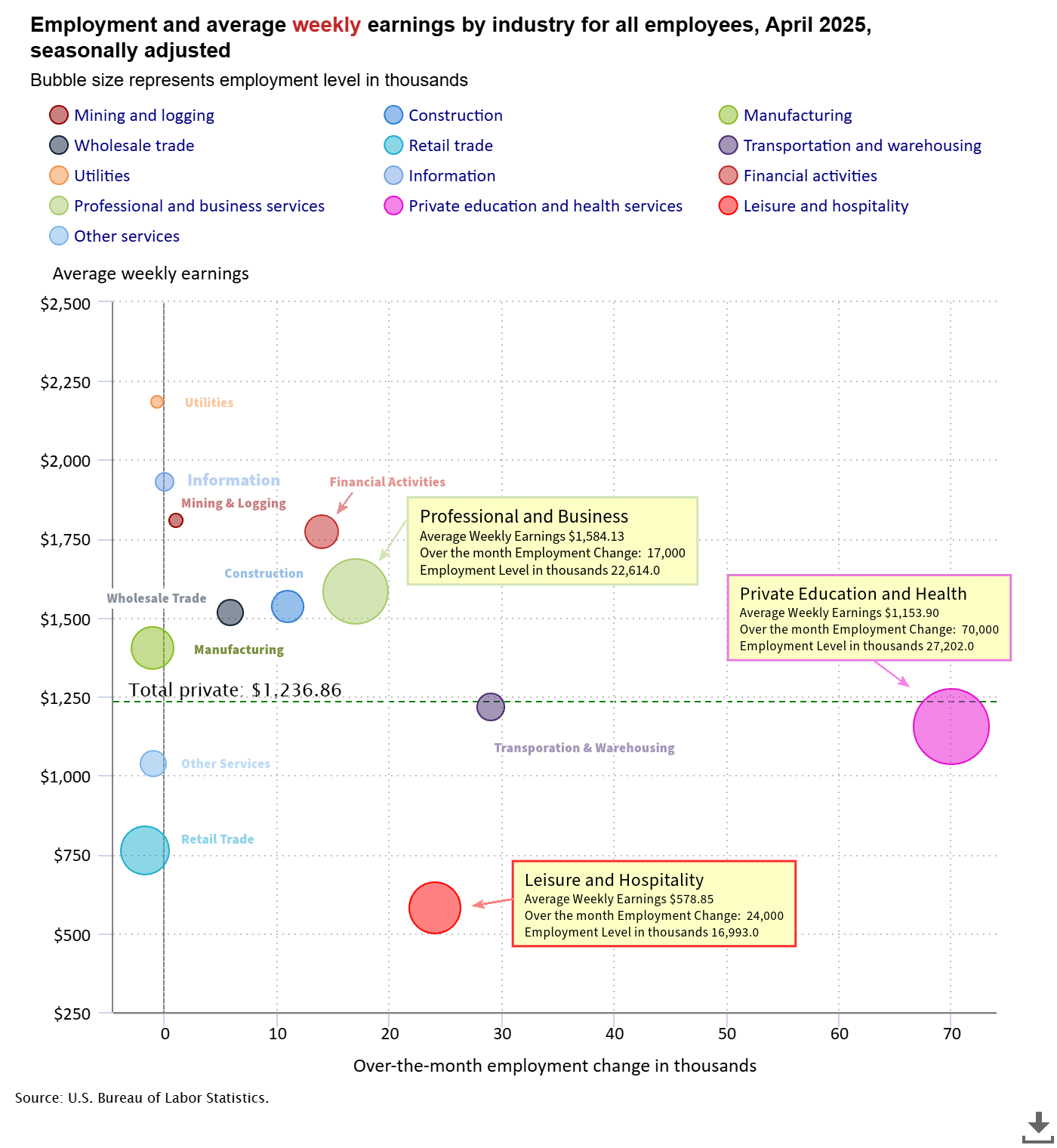
BLS Average Weekly Wages
| Date | Average Weekly Wage |
| April 2025 | $1,236.86 |
| March 2025 | $1,231.20 |
| February 2025 | $1,225.21 |
| January 2025 | $1,223.17 |
| December 2024 | $1,224.17 |
| November 2024 | $1,221.42 |
| October 2024 | $1,216.28 |
| September 2024 | $1,209.31 |
| August 2024 | $1,207.70 |
| July 2024 | $1,199.39 |
| June 2024 | $1,200.50 |
| May 2024 | $1,197.41 |
| April 2024 | $1,191.93 |
| March 2024 | $1,193.34 |
| February 2024 | $1,185.75 |
| January 2024 | $1,178.16 |
| December 2023 | $1,175.46 |
| November 2023 | $1,173.04 |
| October 2023 | $1,166.20 |
| September 2023 | $1,165.47 |
| August 2023 | $1,163.41 |
| July 2023 | $1,157.28 |
| June 2023 | $1,155.15 |
| May 2023 | $1,146.99 |
| April 2023 | $1,147.58 |
| March 2023 | $1,141.34 |
| February 2023 | $1,141.61 |
| January 2023 | $1,146.14 |
| December 2022 | $1,125.73 |
| November 2022 | $1,129.01 |
| October 2022 | $1,124.01 |
| September 2022 | $1,119.87 |
| August 2022 | $1,116.42 |
| July 2022 | $1,116.54 |
| June 2022 | $1,106.76 |
| May 2022 | $1,105.47 |
| April 2022 | $1,102.01 |
| December 2021 | $1,086.46 |
BLS Employment and Average Weekly Earnings by Industry
April 2025, Seasonally Adjusted Employment
Note that due to “seasonal adjusting,” although they may claim that there was a “monthly increase” (or decrease), there isn’t always an actual increase; you can’t just subtract last month’s “employment level” from this month’s level. For instance, Manufacturing was supposed to be down by -1,000 in April. But March was 12,763,000 and April was 12,765,000 which looks like a 2,000 increase not a -1,000 decrease.
| Industry | Monthly Increase | Ave. Weekly Earnings | April Employment Level | March Employment Level |
| Total Private Employment | 167,000 | $1,236.86 | 135,905,000 | 135,786,000 |
| Mining and Logging | 1,000 | $1,810.35 | 625,000 | 623,000 |
| Construction | 11,000 | $1,533.87 | 8,316,000 | 8,313,000 |
| Manufacturing | -1,000 | $1,402.40 | 12,765,000 | 12,763,000 |
| Wholesale trade | 5,800 | $1,516.90 | 6,186,500 | 6,177,800 |
| Retail trade | -1,800 | $762.30 | 15,589,300 | 15,595,100 |
| Transportation and Warehousing | 29,000 | $1,214.79 | 6,794,500 | 6,783,600 |
| Utilities | -600 | $2,186.25 | 596,100 | 599,100 |
| Information | 0 | $1,930.31 | 2,938,000 | 2,939,000 |
| Financial Activities | 14,000 | $1,774.72 | 9,255,000 | 9,245,000 |
| Professional and Business Services | 17,000 | $1,584.13 | 22,614,000 | 22,589,000 |
| Private Education and Health Services | 70,000 | $1,153.90 | 27,202,000 | 27,130,000 |
| Leisure and Hospitality | 24,000 | $578.85 | 16,993,000 | 16,991,000 |
| Other Services | -1,000 | $1,036.80 | 6,031,000 | 6,036,000 |
Source: BLS
ADP® National Employment Report
ADP provides an independent (non-government) estimate of private-sector employment and pay, based on data derived from ADP client payrolls. According to ADP®, In collaboration with Stanford Digital Economy Lab. The numbers are released a few days before the BLS numbers and are often quite different.
ADP: Private employers added 62,000 jobs in April
- Education and health services, information, and professional and business services lost jobs, while hiring in other sectors was moderate.
Source: ADP®
ADP Private Employment by Establishment Size
April ADP Changes:
 ADP Job Gainers / Losers
ADP Job Gainers / Losers
ADP provides an entirely different picture of the job situation compared to the BLS perspective.
Unemployment
Seasonally Adjusted Unemployment is unchanged at 4.2%.
Labor Force Participation Rate
The LFPR is up from 62.5% to 62.6%.
 Less Than Full Employment
Less Than Full Employment
This chart compares employment levels with the (inverted) unemployment rate.
Full Employment is when everyone who wants a job has one. It is generally considered to be around 3%. After the unemployment rate almost touched the magic full employment line in April 2023, it began moving away (i.e., higher unemployment).
Note: The Unemployment rate is inverted to track the employment rate. Neither is Seasonally Adjusted. For more information see Employment vs. Unemployment.
Note: Full employment is not considered to be at zero percent because even when employers are having difficulty finding employees, some people are still unemployed due to either:
- structural unemployment (mismatch between worker skills and job requirements, i.e., not enough training) or
- frictional unemployment There will always be people who have quit or have lost a seasonal job and are in the process of getting a new job. Or Simply because they quit their job knowing it would be easy to find another (hopefully better) job.
Seasonally Adjusted U1 through U6 Unemployment Rates
 Employment-Population Ratio
Employment-Population Ratio
By Gender
This chart shows the Employment-Population Ratio by Gender. Men make up a much larger portion of the workforce, i.e., 67.5% of men are employed, and only 56.7% of women are employed. But…
As you can see, 20 years ago, back in 2005, over 72% of men were working and 57.4% of women were working. In 2008, the Great Recession caused a massive decline in employment for both men and women. By December of 2009, only 66.4% of men were working and 55.4% of women. Over the next decade and a half, women workers rebounded back to 56.7% but men only rebounded to 67.5%.
 Employment-Population Ratio by Race
Employment-Population Ratio by Race
This chart shows the Employment-Population Ratio by Race. As we can see Hispanics and Asians have the highest percentage employed with Asians rising slightly above Hispanics this month.
Read more on UnemploymentData.com.
From InflationData.com
- How To Recalculate Retirement for Today’s Economy
- March Inflation Down Significantly, But Will it Last?
- Which is Worse, Inflation or Deflation?
- Which Debts To Pay Off First When Inflation Hits
- Would DOGE Dividend Checks Stoke Inflation?
- The Correlation Between Job Market Turnover and Inflation
From Financial Trend Forecaster
- Moore Inflation Predictor
- NYSE ROC
- NASDAQ ROC
- How Do Trump’s Tariffs Compare to the 1930 Smoot-Hawley Tariffs?
- The Truth About why Nixon Replaced the Gold Standard with Fiat
- Media Censorship-Sacrificing Truth
- Income Inequality Misconceptions in the U.S.
- The Real Effects of Cutting Government Waste
- How Can Trump Drive Oil Prices Down AND Fill the SPR?
- Tesla’s Troubles — Is it Musk or is it More?
- Stock Prices are Out of This World
- Five Benefits of Using the Elliott Wave Principle to Make Decisions
- Invest Like Warren Buffet
- Gold Prices: The calm before a record run
From OptioMoney
- Tips for Mastering the Art of Bargaining and Negotiation After Moving to a New Country
- Consumer Culture Contrasting Spending Habits in the US and Europe
- Financial Considerations When Moving to Florida
- Splitting Your Golden Years:
From Your Family Finances

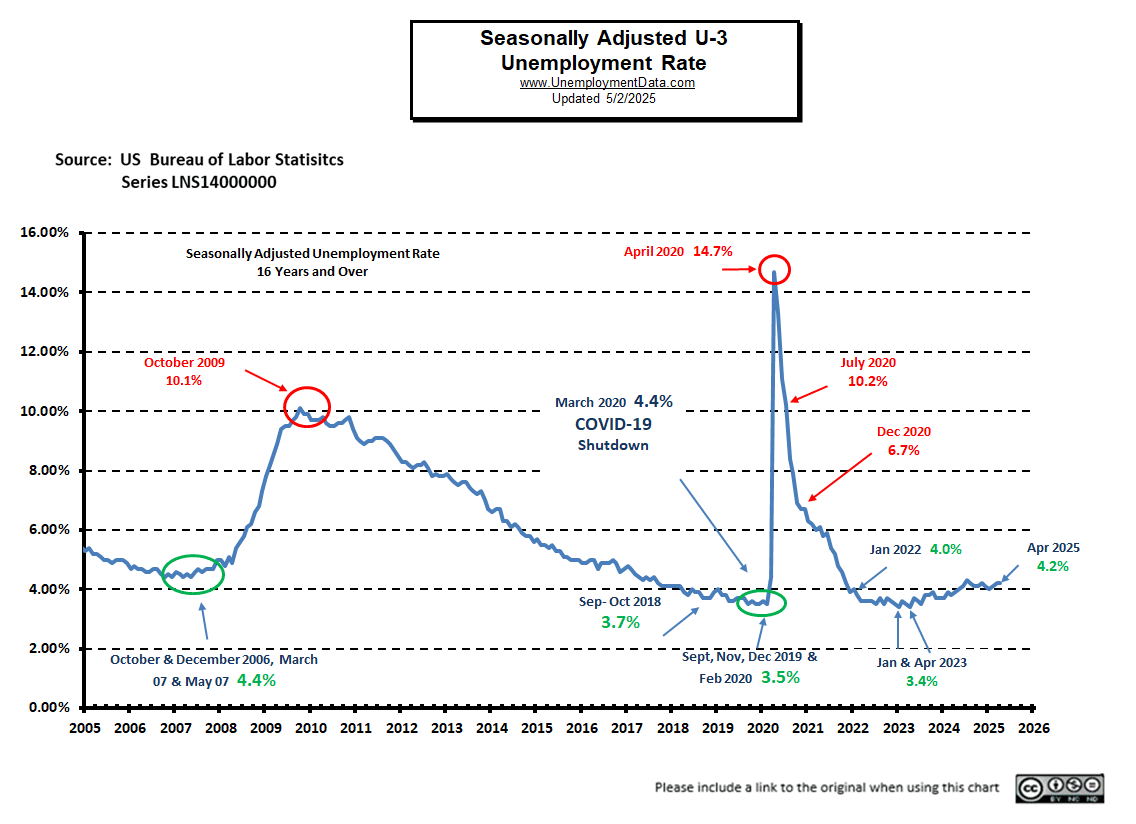
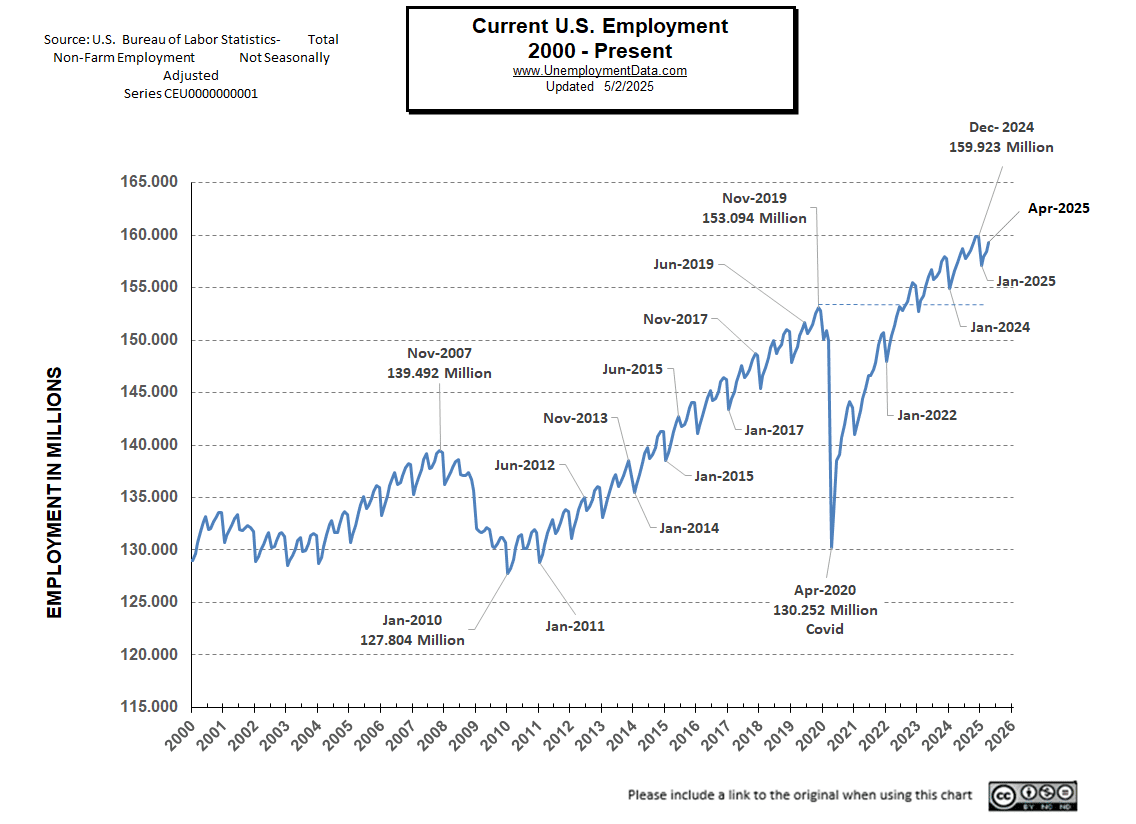

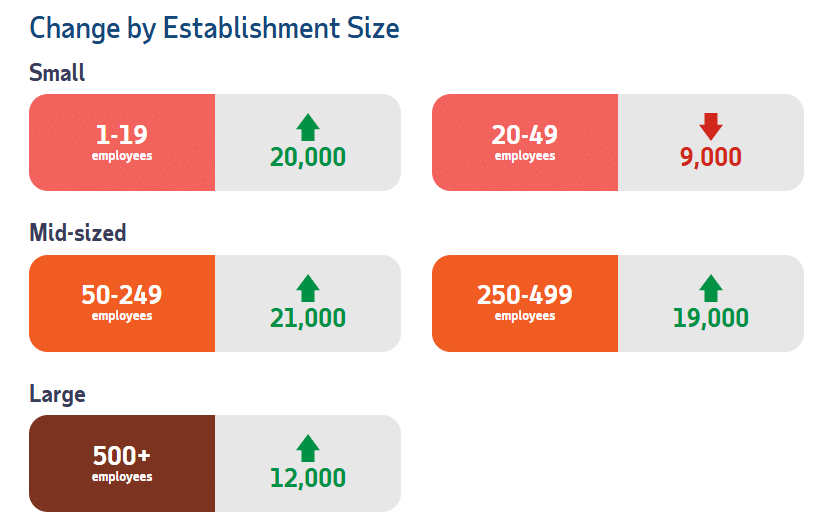
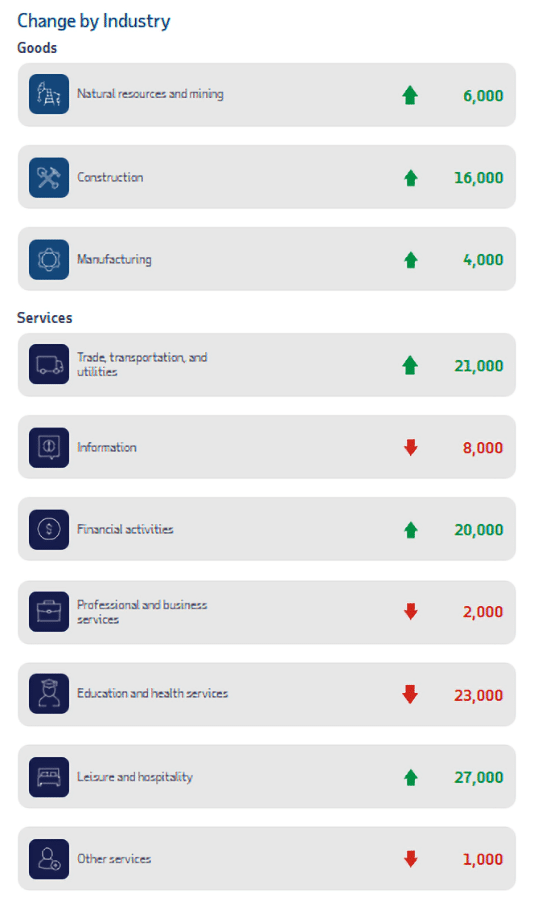
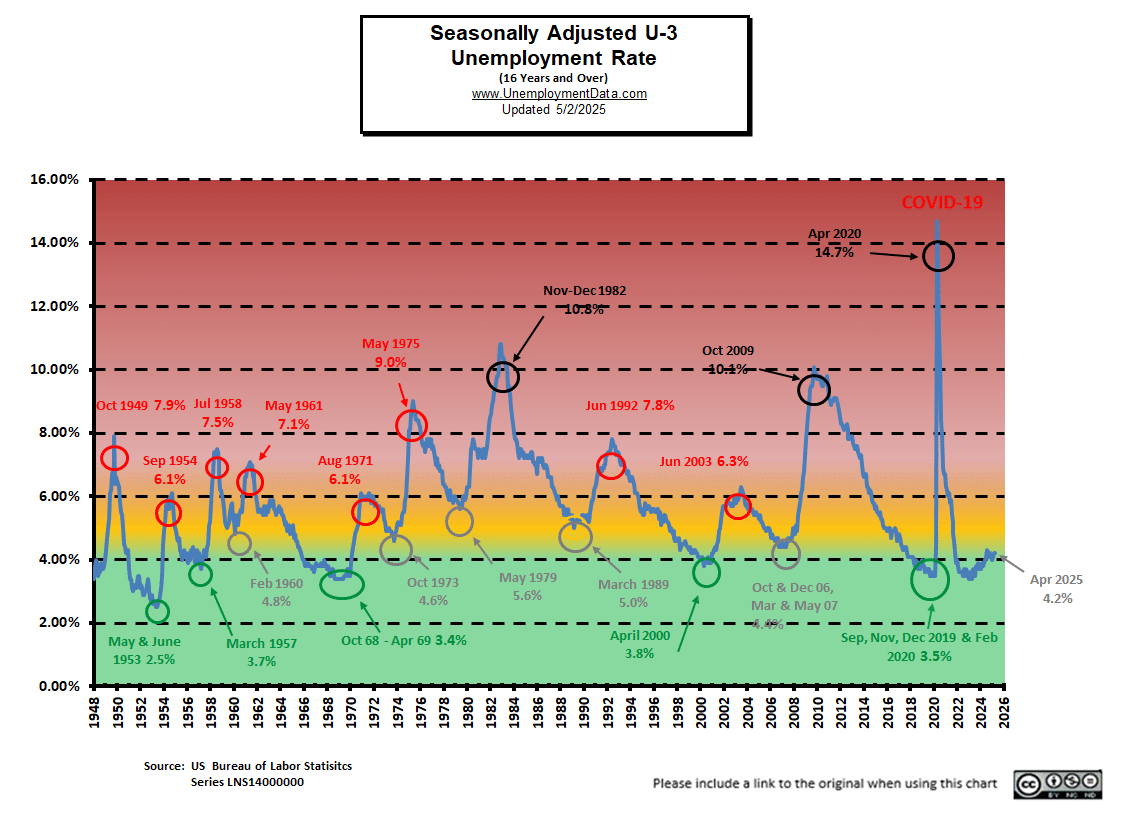
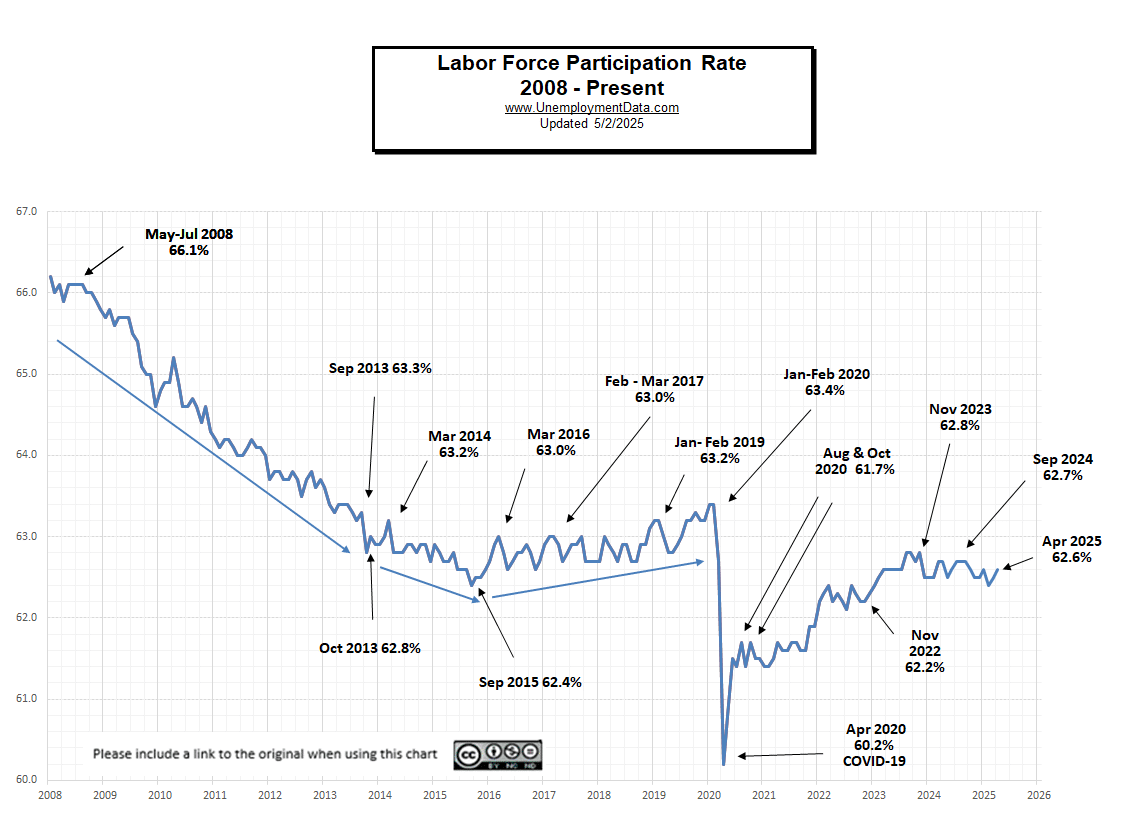
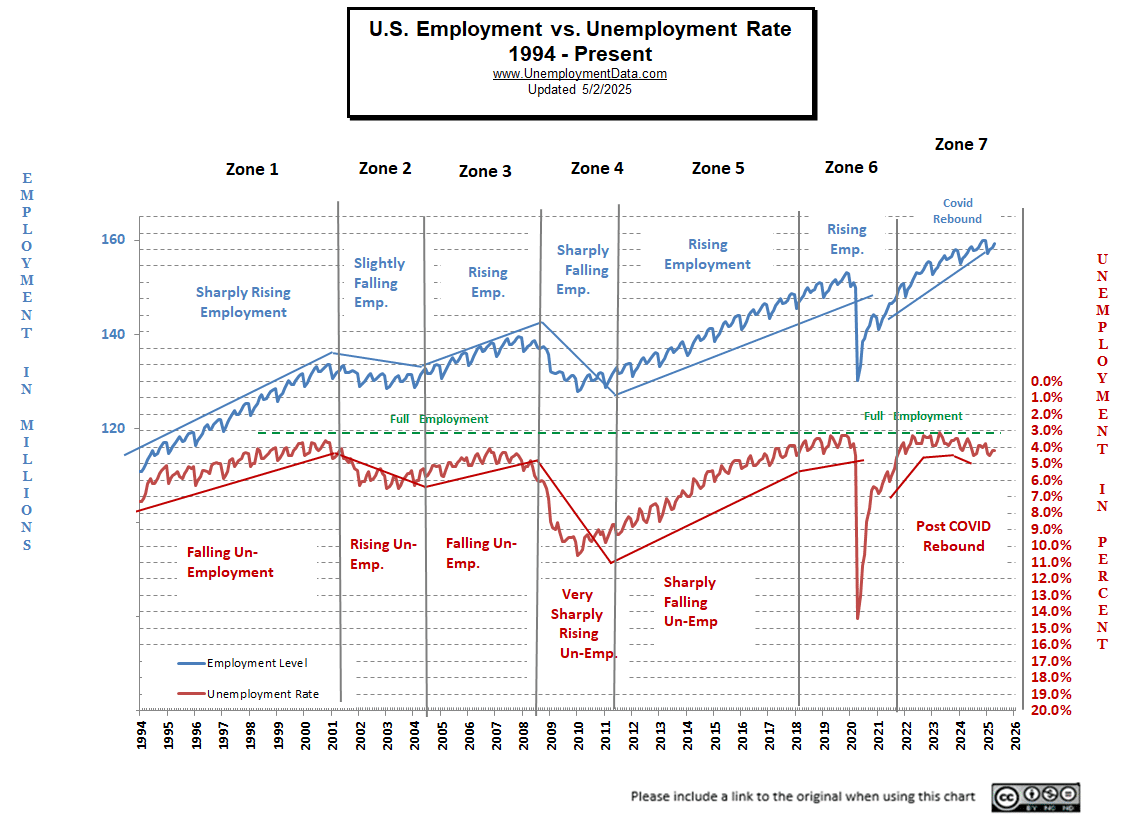
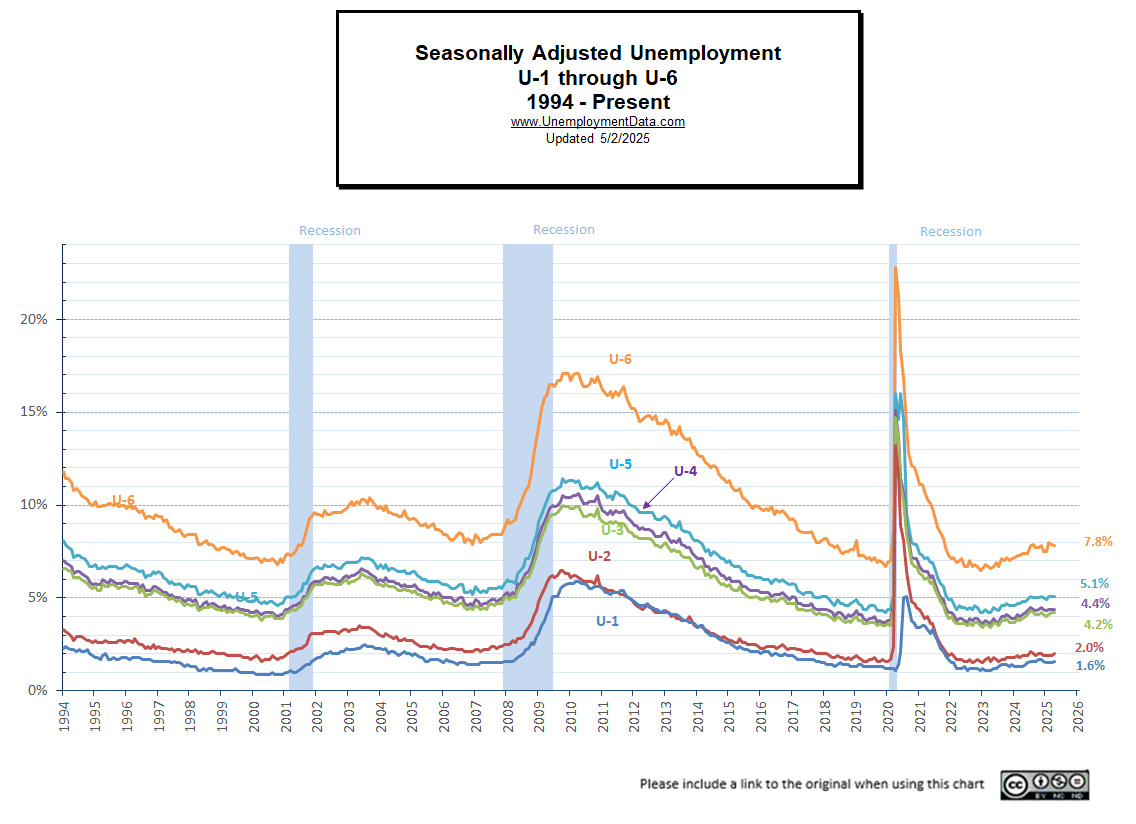
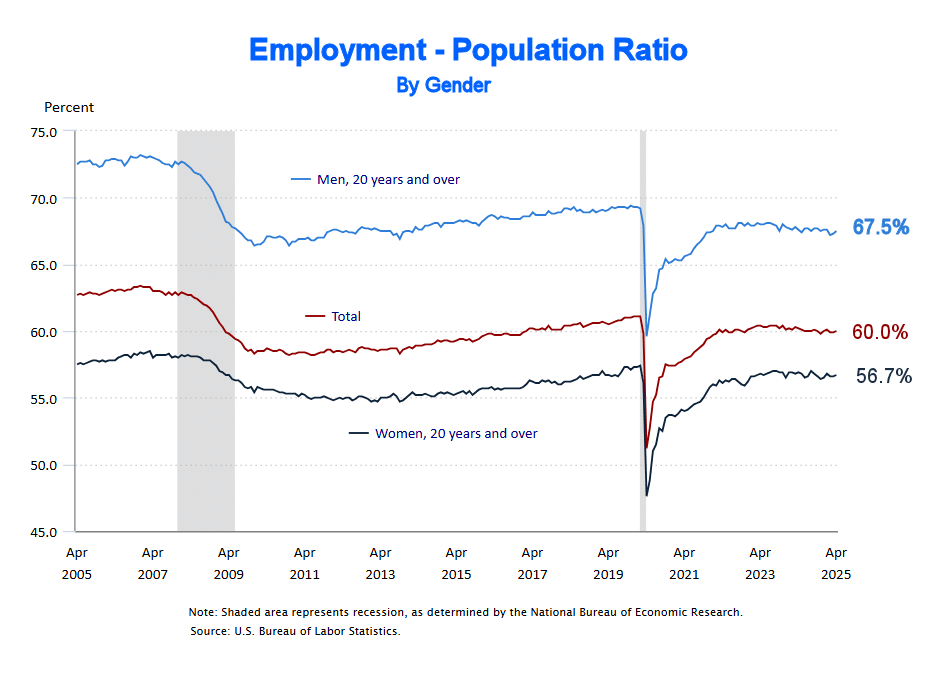
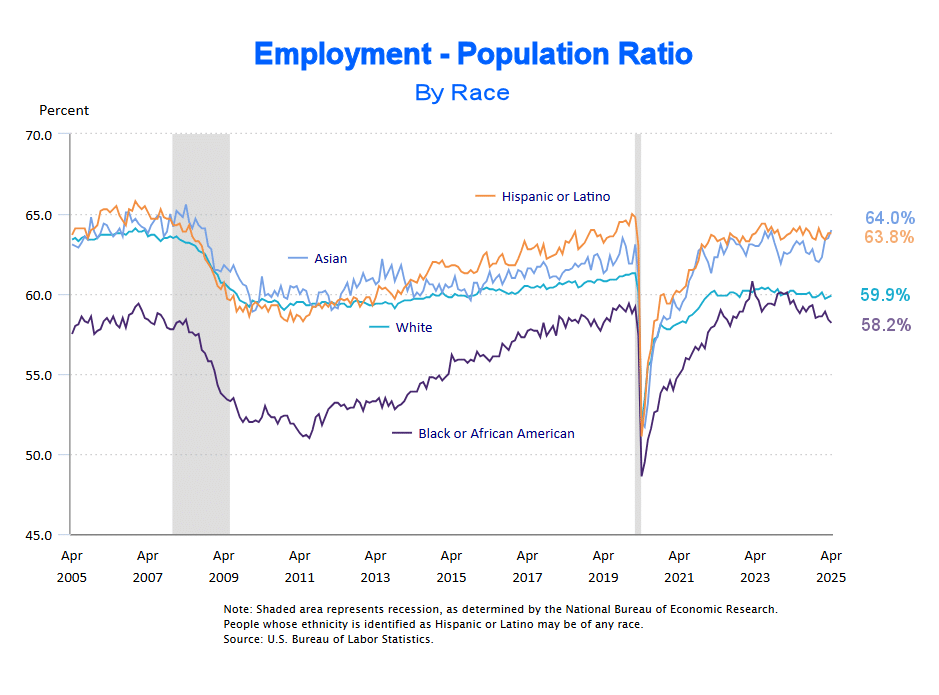
Leave a Reply